Wednesday 17 July 2024

Amazon workers have failed to achieve enough support for union recognition in the UK, the results of a landmark ballot have shown.
More than 3,000 workers at the company's Coventry warehouse were asked if they wanted to be represented by the GMB union.
But the union fell "agonisingly short" - 49.5% of the 2,600 workers who voted backed union recognition, falling shy of a majority.
The GMB, which has staged a long-running campaign for better pay and rights across Amazon's UK operations, said "workers had been bombarded with an unrelenting campaign of anti-union messages by company bosses, including multiple anti-union seminars and threats to terms and conditions".
Amazon has always maintained that its employees have always had the right to union membership.
The result means the GMB cannot officially represent its membership among the workforce.
This breaking news story is being updated and more details will be published shortly.
By Zoe Conway,
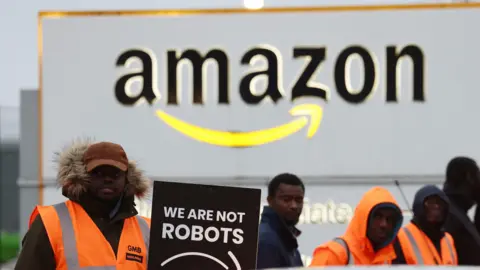
The GMB has narrowly lost its historic bid for union recognition at the Amazon warehouse in Coventry.
Some 49.5% of workers balloted voted in favour, while 50.5% voted against. The union needed a majority to vote in favour.
If the GMB had won, Amazon would have been forced to negotiate with workers over pay and conditions.
In a statement, Amazon said it placed "enormous value on engaging directly" with staff.
"We look forward to continuing on that path with our team in Coventry," it added.
'Agonising'
The GMB said its drive for recognition fell “agonisingly short” and accused Amazon of “union-busting”.
It said there were “anti-union messages by company bosses, including multiple anti-union seminars” at the warehouse.
It added that “the fire lit by workers in Coventry and across the UK is still burning”, and that the union would “carry on the fight” for pay and recognition.
“Amazon bosses have created a culture of fear for low paid workers trying to improve their pay, terms and conditions," said Stuart Richard, GMB's senior organiser.
It had been called a David vs Goliath battle, with workers facing fierce resistance from the company.
The fight for union recognition began with a rag tag show of defiance in the summer of 2022.
Amazon had offered workers a pay rise of between 35p and 50p an hour. Having toiled in warehouses during the Covid pandemic, workers said this felt like an insult, and in Coventry a small group of angry workers spontaneously walked out and protested outside the fulfilment centre.
Then the GMB got involved and urged the workforce to unionise.
In January 2023, with a GMB membership of just 50, Coventry workers held the first ever Amazon strike in the UK.
It went on to organise a further 37 days of industrial action over the last year and by recruiting on the picket line, steadily built up its membership to more than 1,400 members out of the centre's estimated 3,000 plus workers.
By Doug Cunningham

Amazon workers in Britain voted against union representation 50.5% - 49.5%, according to results released Wednesday. GMB union organizer Amanda gear said Amazon created a culture of fear in an anti-union campaign. GMB is legally challenging the tactics. Amazon said it looks forward to working with "our team in Coventry." Photo courtesy of GMB
July 17 (UPI) -- British Amazon workers narrowly defeated an effort to join the GMB union, according to election results released Wednesday.
The effort failed in a 50.5%-49.5% vote to reject the unionization bid that would have made GMB the first labor union recognized at Amazon in Britain.
"Our members have come agonizingly close to winning today and GMB will carry on the fight for the pay and recognition they deserve," GMB organizer Amanda Gearing said in a statement. "Amazon bosses have created a culture of fear for low-paid workers trying to improve their pay, terms and conditions."
Amazon said in a statement that it placed enormous value on engaging directly with its workers.
Related
Amazon labor union votes to affiliate with Teamsters
British Amazon workers announce two rounds of strikes over pay
"We look forward to continuing on that path with our team in Coventry," the statement added.
Gearing accused Amazon of using union-busting threats to scare workers into voting against the GMB. She said workers were pressured into going to "six hours of anti-union seminars on top of the fortune spent by Amazon bosses to scare workers."
She said workers were told they would not get pay raises this year and will have to lose even more benefits if they vote for union recognition.
"Amazon's anti-union stance has succeeded in this case, but the underlying antagonisms around work intensity and wages that sparked this dispute are still very much in evidence," University of Essex senior lecturer Callum Grant told The Guardian.
Paul Nowak, General Secretary of the Trades Union Congress labor federation, said in a statement, "Union-busting has no place in modern Britain and shows why the government's New Deal for Working People is so important. This is not the end. Our movement will re-group and will continue to shine a light on bad employers."
He added that the new Labor government in Britain will "usher in a new era of stronger workers' rights, companies like Amazon are on the wrong side of history."
According to a GMB legal challenge against the company, Amazon actively engaged in efforts to get workers to cancel union memberships.
The GMB said Amazon put up posters with QR codes that workers could use to send emails to the union requesting membership cancellations.
"It's time for Amazon to answer for its bullying, threats and unlawful one-click-to-quit QR codes. We are proud to be supporting over 900 workers in their inducement claims and we look forward to seeing Amazon in court," Rosa Curling, Director of Foxglove Legal said in a statement.
Amazon told the BBC workers were allegedly telling management they wanted to cancel but couldn't find a way to do it.
"We have always been clear, that union membership is an employee's personal choice," Amazon said.
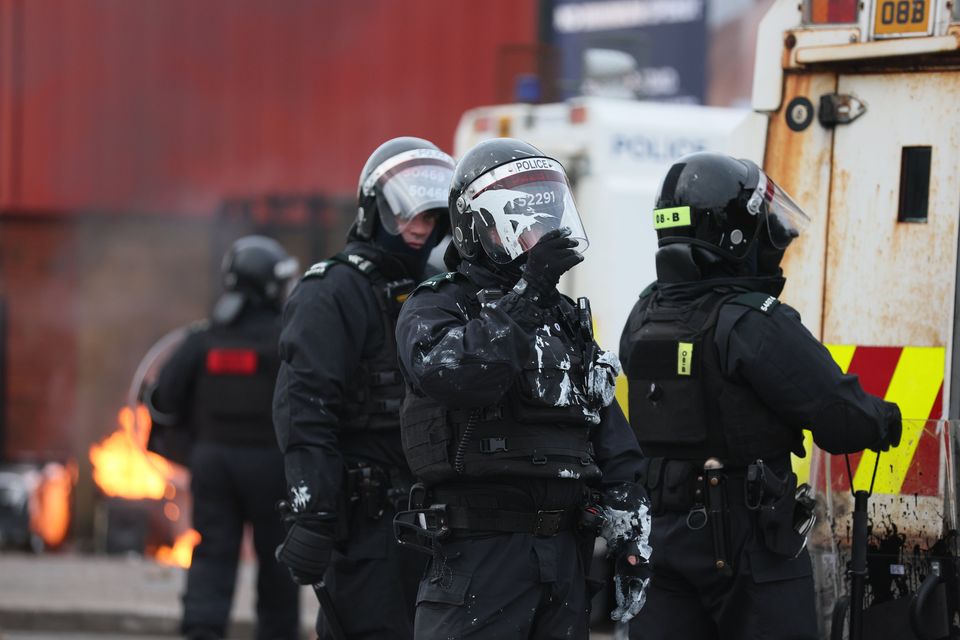
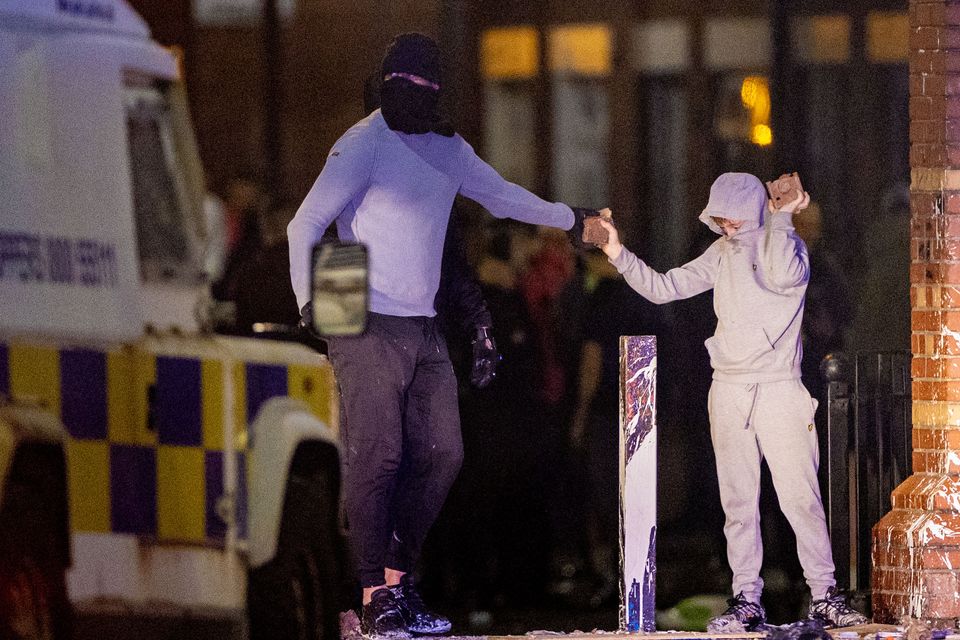
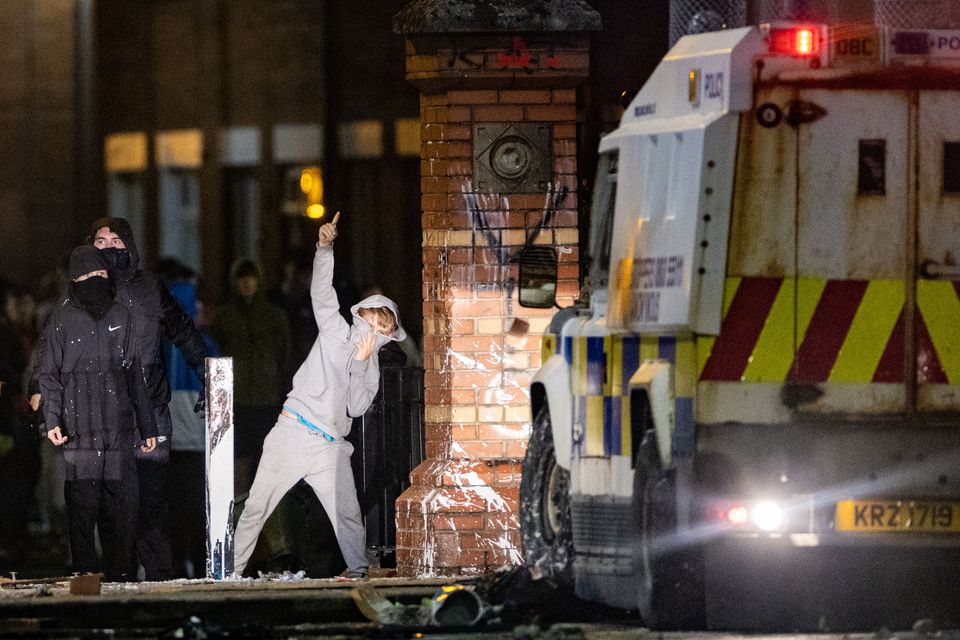
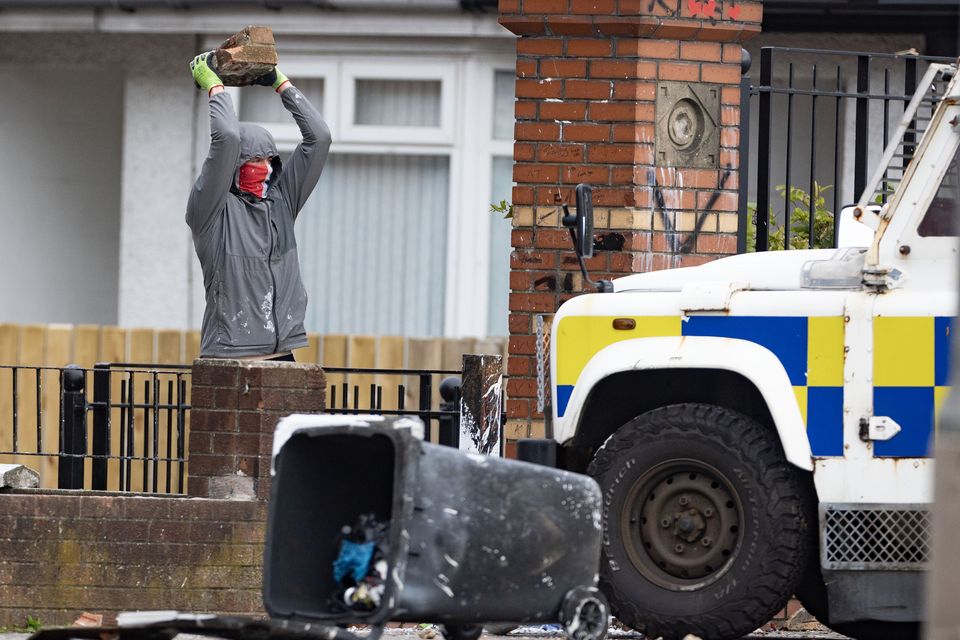

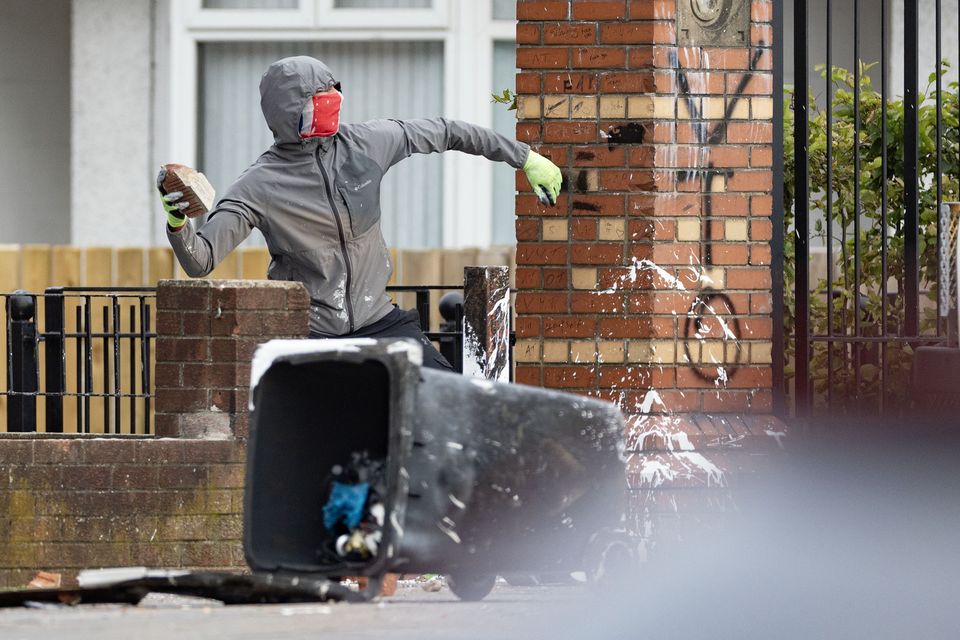
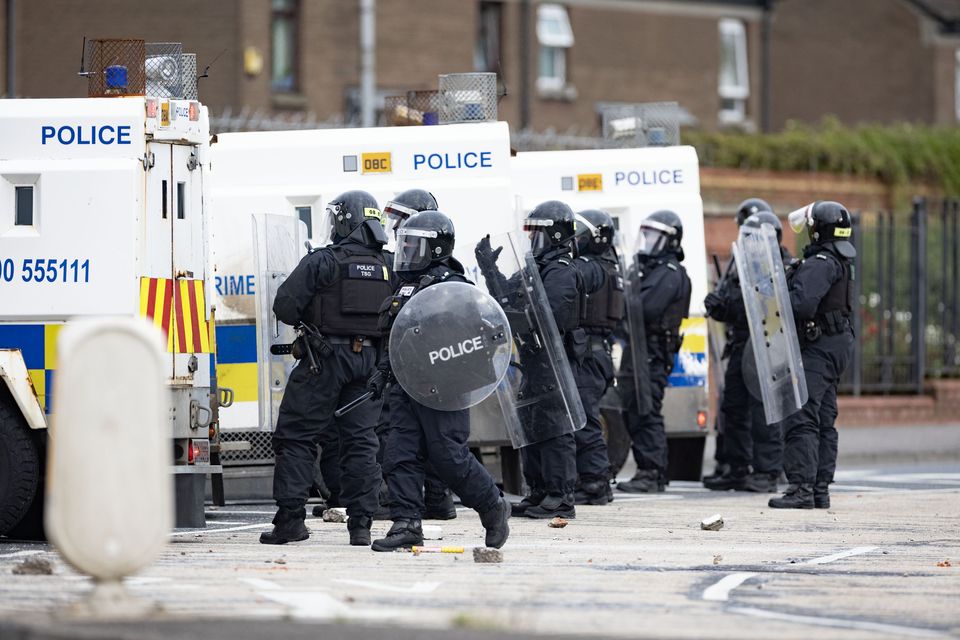


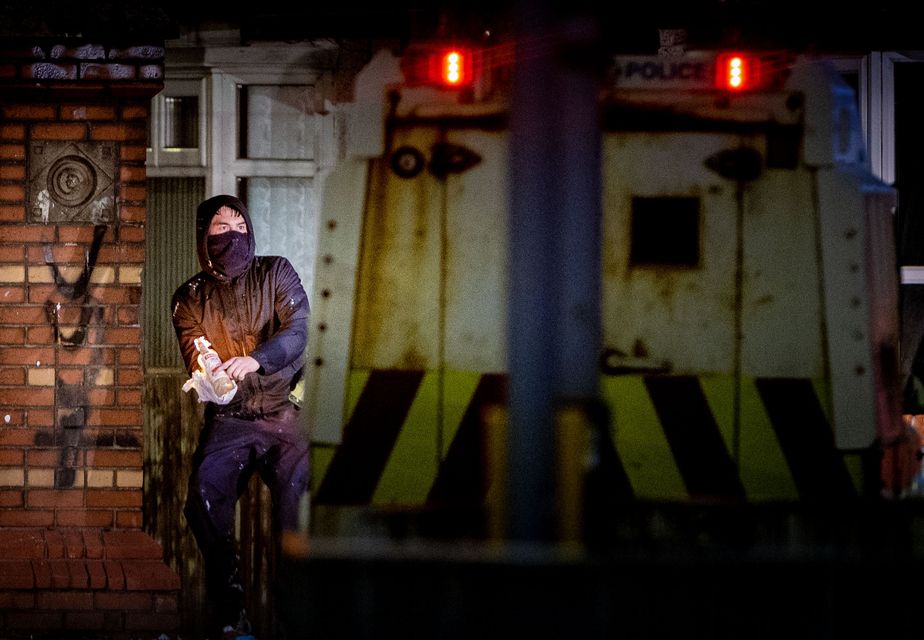



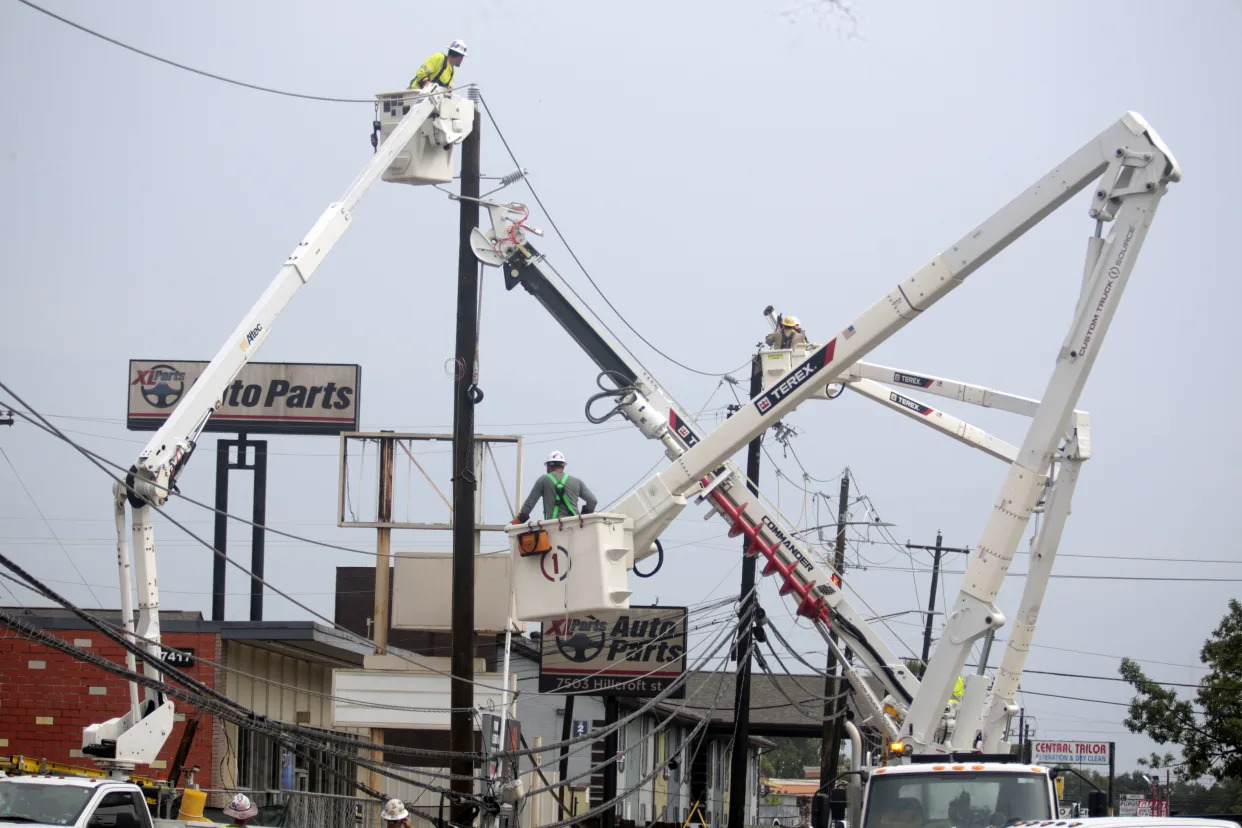
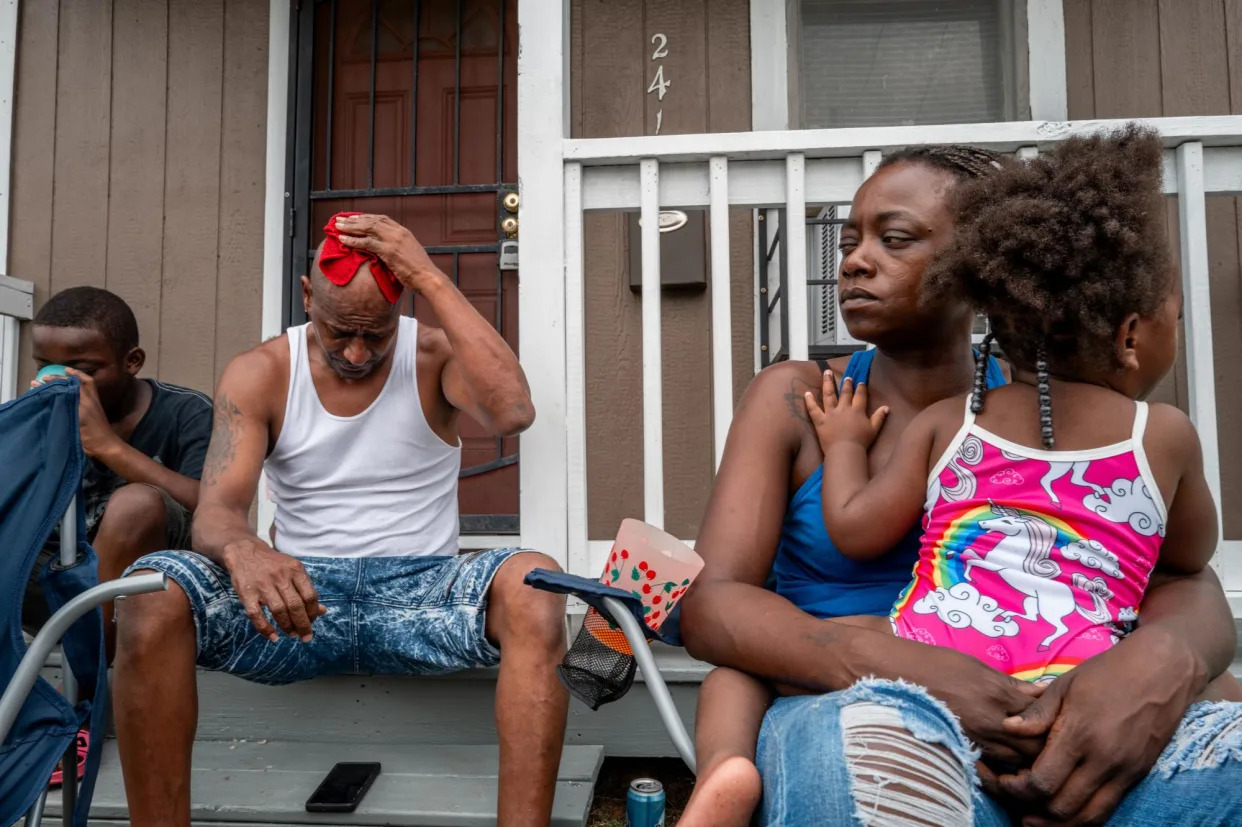
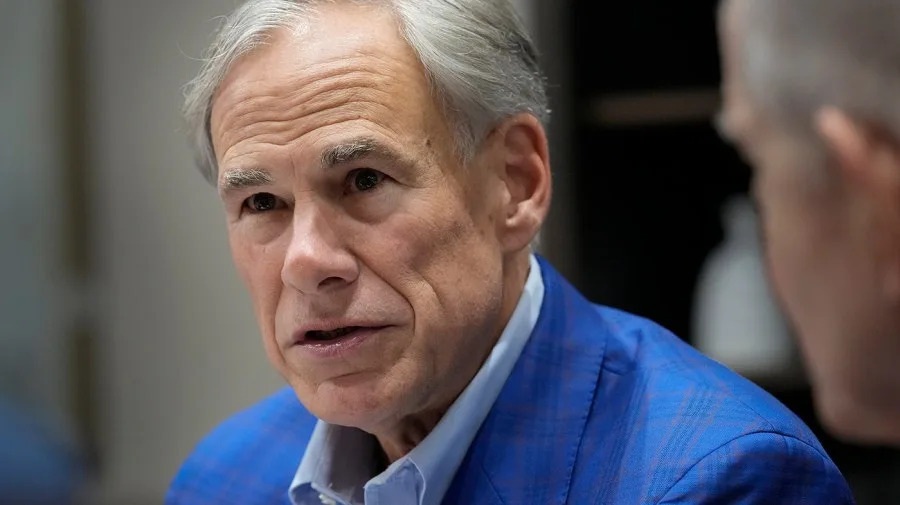
 Former president Donald Trump removes his mask after being hospitalized with severe COVID-19. Photo by Win McNamee/Getty Images News
Former president Donald Trump removes his mask after being hospitalized with severe COVID-19. Photo by Win McNamee/Getty Images News
